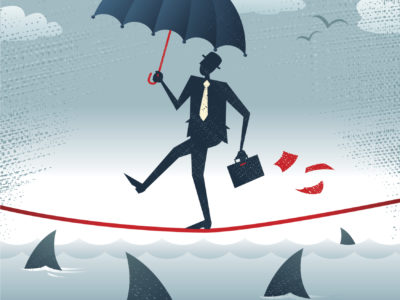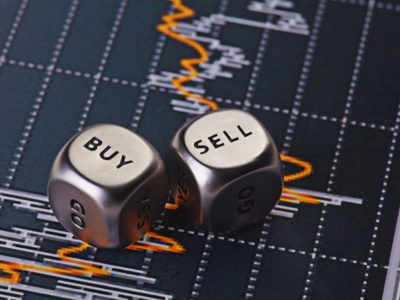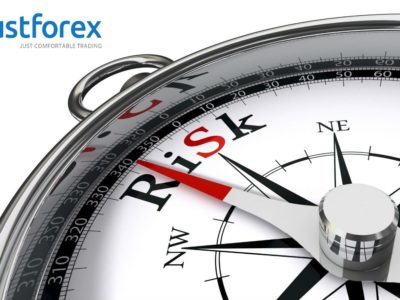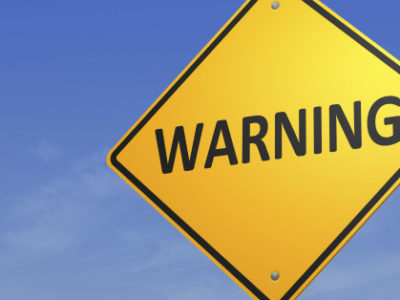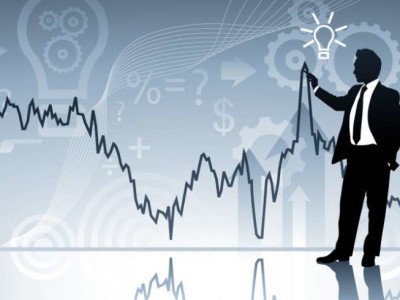Understanding Risk
Probabilities and chance forms an integral part of our everyday existence. Practically every and anything in life can be calculated and expressed in terms of probability, and subsequently by extrapolating its associated risk.
- The chance of it raining tomorrow
- The chances of getting a Red rental car
- The likelihood of being assigned a window seat on an airplane
- The probability of winning the lottery
- The likelihood of getting lost while walking in the woods
What is Risk?
Imagine you’re on vacation in Vegas and as you are about to walk into the Casino, you bump into your two buddies. You ask them how much money they were able to walk away with after gambling the whole day.
Buddy 1 responds that he has $500 in his pocket, and Buddy 2 says he has $3,000… so who had the best luck at the tables do you think?
Its very easy to fall into the trap thinking that it must obviously be Buddy 2 with $3,000. However, without asking the following two questions one really wont be able to properly say this with complete confidence:
Question 1 – How much money did you have, going into the Casino?
Question 2 – How much did you expect to win or lose?
You see, the problem with looking at results only is that one does not take into account the fundamental principles of risk management which is comparing the Actual Outcome to the Expected Outcome, and measuring this extent of this difference. Furthermore one also has to consider the frequency with which this difference may occur.
One almost intuitively leans towards just observing the actual outcome of profit and loss and then make a judgement call, trying to determine who performed best.
Imagine Buddy 1 started at the casino with $800 (ending with $500), and Buddy 2 with $10,000 (ending with $3,000). How would you view their results now?
Asking The Right Questions
When it comes to trading, we don’t just aim to compare the absolute outcome of our respective trading strategy, but also its relative safety.
In other words, relating this back to the question about our buddies in Vegas, we would not have just asked “How much did you win or lose?“, we would also want to try and figure our who was the “safest” gambler. In other words, who took the least amount of risk in relation to the possible rewards. So the follow up question of “What did you expect to win or lose?” becomes equally relevant.
If Buddy 1 was willing and expecting to lose up to $300 of his starting capital then, even though he still would not be happy with his result, at minimum he would be able to live with it given that it was in line with his own expectations.
Buddy 2 on the other hand, expected to only lose up to $2,000 of his cash, but ended up losing $7,000! More than three times what he expected!
The inference one can draw from this is that Buddy 2 was in all likelihood the “go-big-or-go-home” type of risky gambler! Any large variance (positive or negative) between what was expected and what actually occurred points to the relative risk associated with that event. A small difference implies less risk and a large one that this event is risky.
Measuring the Unmeasurable
It is natural to now sit and wonder, how does one measure risk properly then?
Remember for traders, this can be simplified by measuring the expected amount you stand to win or lose against actual trade results. For losses, this can be managed via the use of various stop loss strategies.
In doing so you effectively manage both the max loss value but also the difference (variance) in the actual loss that occurred relative to how much you would have expected to lose under those conditions. One has to also consider that slippage, when exiting on a stop loss, contributes to a hard-stop not executed at the expected value, but more on that at a later stage.
Note, in an effort to avoid confusion, I am purposefully excluding profit takes from this discussion for now as this needs to be considered while keeping in mind a concept of “letting your profits run”, and under those circumstances your actual profit realized could be materially different to expected profit. However I would argue that under those conditions this variance is not considered a risk as one had the opportunity to exit at the original expected profit target.
For purposes of a broader understanding of risk, I thought it appropriate to take this example a little further and explore how risk typically gets measured in real life practical examples (non-trading related).
Wanna Bet?
Imagine I give you $100 to bet on any one of the following two golfers, who would you bet on?

You’ll agree that at this point you have no real information on either golfer. So technically any bet you make at this stage will be risky!
Therefor, one way in which to reduce your risk is to aim to come up with some way in which one can accurately compare one to the other.
In this instance, the only real way to evaluate their individual ability is to give each golfer a putter and ask them to try and sink a ball while standing 20 meters (about 22 yards) from the hole.
- Let’s assume it is a flat surface i.e. no gradients to influence the ball
- Let’s start by providing each golfer with 8 balls to put
Defining The Measurable Outcomes
In order to compare the golfers, we’ll measure each one by how well they can put. This can be done by measuring the distance each of the 8 balls from the hole, and then assigning a value to each as illustrated below

- A ball that goes into the hole has a distance of 0
- A ball putted and stopping 50cm from the hole has a distance of 50
Results After 8 Balls

Let’s look at how Golfer A did with 8 balls
- What does this now tell us about this golfer’s skills?
- Can we say (with confidence) that this golfer is a pro or a novice
- On average how accurate is this golfer? Do we know?
- Are you willing to place a bet on Golfer A as yet?
The problem we have is that with only 8 balls, we really cannot evaluate these golfers as the “sample size” of the experiment is just too small to reach definitive conclusions.
So how do we improve our analysis?
Increase The Sample Size
By letting each golfer now hit 100 balls, instead of only 8 we should be able to evaluate their results with a bit more certainty.
Lets again look at the results from Golfer A and see if we can make some sense out of it.
By grouping the balls in various “distance buckets” we should be able to analyse this golfer a little more thoroughly.

Simple math of adding all the distances together and dividing it by the number of balls putted allows us to determine what the average distance is that Golfer A’s balls landed from the hole.

The problem is that Average Distance on its own tells us little about this particular golfer’s consistency.
A reminder that risk is measured by the variance of expected return to the actual return. So in this example we can say, the greater the number of balls this golfer can put as close as possible to this average distance, the more stable the golfer, and the more reliable this golfer shall be to bet on.
Whats The Variance?
The next step for us would be to determine how many balls ended up being relative close to Golfer A’s average.


Interpretation Of The Analysis

By having all this info we are able to now make a more informed decision. The results shows that Golfer A on average hits 90% of the golf balls to land in a range of between 20 – 50cm from the hole, a 30cm distribution (variance) around the hole.
Golfer B on the other hand has 90% of the golf balls land in a range of 8 – 70cm, resulting in a distribution of 62cm around the hole, roughly double that of Golfer A.
So if I was a bettin’ man – my money would be on Golfer A
Conclusion
One can summarize Risk as follows:
- Risk is the extent to which the actual outcome deviates from the expected outcome
- The greater this difference (also referred to as variance) – the greater the risk
The post Understanding Risk appeared first on My Dad The Trader.
Source:: Understanding Risk

